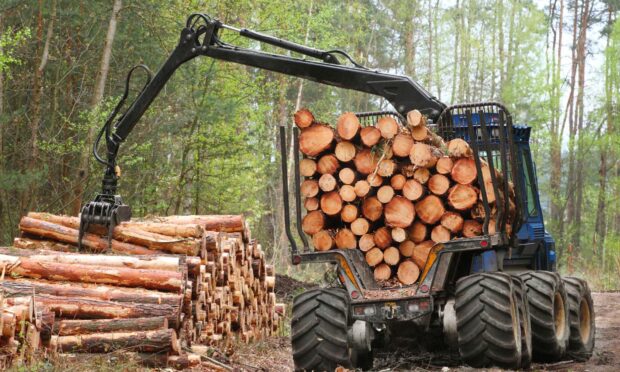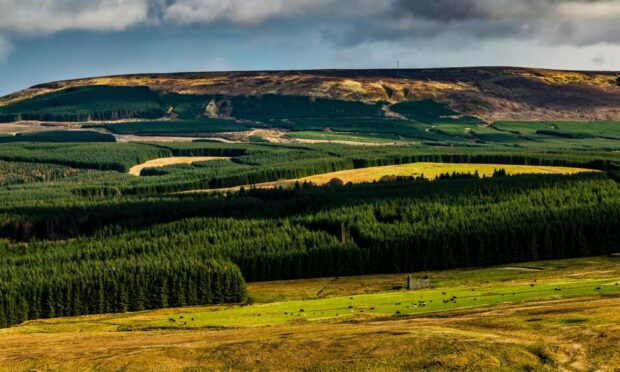The majority of sales in the UK forestry market took place in Scotland this year, according to a new report.
The latest UK Forest Market Report – now in its 23rd year and produced by Tilhill and John Clegg & Co – reveals Scottish sales accounted for 76% of the value of the UK forestry market in 2021.
The report says the total value of the market was £200.4 million – up slightly on last year’s value of £200.18m – and 70 planting land deals were negotiated with a combined value of £53m.
Average forestry values increased by 21% in the year to £7,810 per stocked acre, from £6,475 per acre the year before, and the total area of forestry traded was down 17% to just over 25,500 acres.
The acreage of land suitable for planting traded in the year increased by 45% to just over 16,000 acres, with sales in Scotland accounting for 62% of the UK market.
The average price per plantable acre increased by 28% to £4,450, with prices in Scotland up 54%.
Tilhill’s head of forestry investment, Peter Chappell, said it was an exciting time to be involved in the forestry sector.
“The positive long-term outlook for timber values has buoyed confidence in how commercial forests can perform as an investment and the wider benefits of trees and woodland to society and the environment are being increasingly recognised,” added Mr Chappell.
He said the trend of younger forests achieving the highest unit values had continued in 2021, showing investor confidence in timber values.
“There is also some evidence that larger forests over 100 hectares are now attracting the highest per hectare values as an increasingly competitive market develops for high value deals,” added Mr Chappell.
John Clegg & Co’s head of forestry, Edward Daniels, said 2021 had more than matched the extraordinary year experienced in the sector in 2020.
He said: “Timber prices have remained high, plantation values are breaking new records and large institutional investors such as pension funds and other new entrants are allocating more capital to sustainable investments than ever before.
“While there are those who would argue that rising values are a result of short-term supply and demand dynamics, it is our belief that the underlying worth of commercial forests is increasing because of the positive long-term outlook for timber prices, carbon income and other ecosystem services payments.
“The signs are extremely positive for the woodland and forestry sector with further growth in forestry values a real possibility.”











